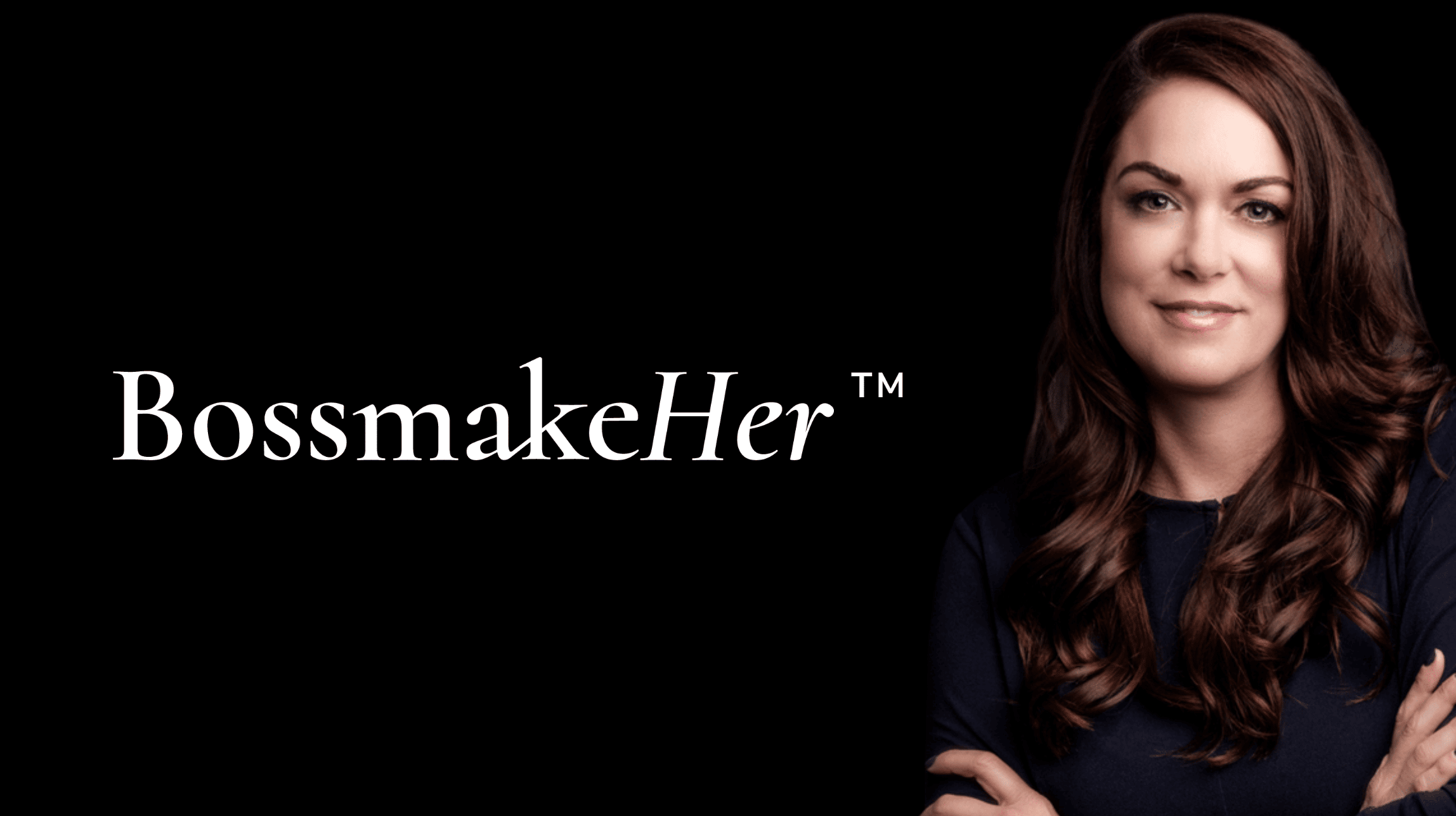1. Identify the Type of Goal
Not everything is in your client’s control; therefore, different goal types can help them understand where potential failures may come from. That way, if something doesn’t work out in the future, they won’t default to blaming themselves. So, before anything else, help your client figure out which of the following types of goals they want to achieve.
- Dream Goal – A dream goal serves as someone’s North Star, the very thing that inspires them to work hard every day and carry on when the going gets tough. It’s the vision of their desired future, which makes their efforts worthwhile.
- End Goal – End goals maintain a client’s enthusiasm and are what they ultimately hope to achieve. An end goal is something attainable that may not be 100% in their control, i.e., landing a specific job that someone else could be hired for instead.
- Performance Goal – Clients are fully in control of the performance goal, which stands for the level of performance required to achieve their end goal. Achieving it may require smaller goals that help inch them closer to their desired level of performance.
- Process or Work Goals –The process/work goal ensures that the client does what is necessary to achieve their end goal. It compels them to be honest and introspective, assess their level of commitment, and be truthful about how much they are willing to invest to reach their performance goals.
2. Follow the SMART Goals Strategy
- Specific – Identify a clear, specific outcome or event that you aim to achieve
- Measurable –Measurable goals and their benefits should be quantifiable
- Achievable – Given appropriate resources, the goal should be achievable
- Realistic – While setting high goals can act as a motivator, each goal must have a realistic likelihood of success
- Time-bound –Set a date or time period in which you will achieve the goal
First used in 1981 by George T. Doran in the November issue of the Management Review, the term is now widely known among project management, employee performance, and personal development circles. The advantage of SMART is that it provides users with a clear roadmap for identifying and developing their goals. At the same time, coaches have defined criteria to evaluate their clients’ progress.
3. Break Your Goals Down
For example, if your client wanted to lose 100 lbs, you would break that one big end goal into smaller, more manageable short-term goals. You would set a target for your client to lose 5 or 10lbs at a time and create an action plan that involves small lifestyle changes like walking more, avoiding processed food and soda, and creating a proper sleep routine. Each small-term goal achieved will eventually lead to that one central, long-term objective of losing 100 lbs.
4. Set Challenging Goals
“The greatest danger for most of us is not that our aim is too high and we miss it, but that it is too low and we reach it.” –Michelangelo
While it’s important to identify the type of goal, use the SMART framework, and differentiate between long-term and short-term objectives, it’s equally important to set challenging goals. This helps motivate people to put their best effort forward and increase their performance. In fact, the more difficult a goal, the more effort someone will put in to reach it. In addition, achieving challenging goals is much more rewarding than reaching easy ones.
Whenever a goal is too easy or hard, it will impede motivation and decrease performance. The perfect goal is properly balanced, meaning it’s challenging enough to inspire hard work yet realistic enough to be attainable. Having a challenging goal helps bring out the highest level of motivation in a client — you just have to ensure your client can achieve it.
5. Write Down Your Goals
The study found that those who wrote down their goals achieved their objectives at a significantly higher level than those who didn’t. She calculated that writing down your goals daily makes you 42% more likely to achieve them.
One way to do this is to encourage your client to write down their goals on post-its and put them up on mirrors, in their bedroom, or in their kitchen. Work-related goals can be posted next to their computer on their desks in the office. As long as they are visible on the daily, your client will be regularly reminded of what they set out to achieve.
6. Develop a Plan
7. Evaluate
Whether you meet weekly, bi-monthly, or monthly, what’s important is that you reflect on your client’s journey toward their goal, ask how they’re doing, and check whether their progress is on schedule and whether anything needs to be changed. Clients will quickly realize whether what they’ve set out to do is too easy, too challenging, or just right for them. Plans can always be altered, as long as they help your client stay motivated to put in the effort necessary to achieve their dreams and desires.
Takeaway
Ensure that their goals are challenging enough to keep them motivated yet realistic enough to be attainable, and encourage them to write down their goals to increase their chances of success. All that’s left for you to do is to develop a plan with your client and evaluate their progress to ensure they stay on track and ultimately achieve their goal.





0 Comments